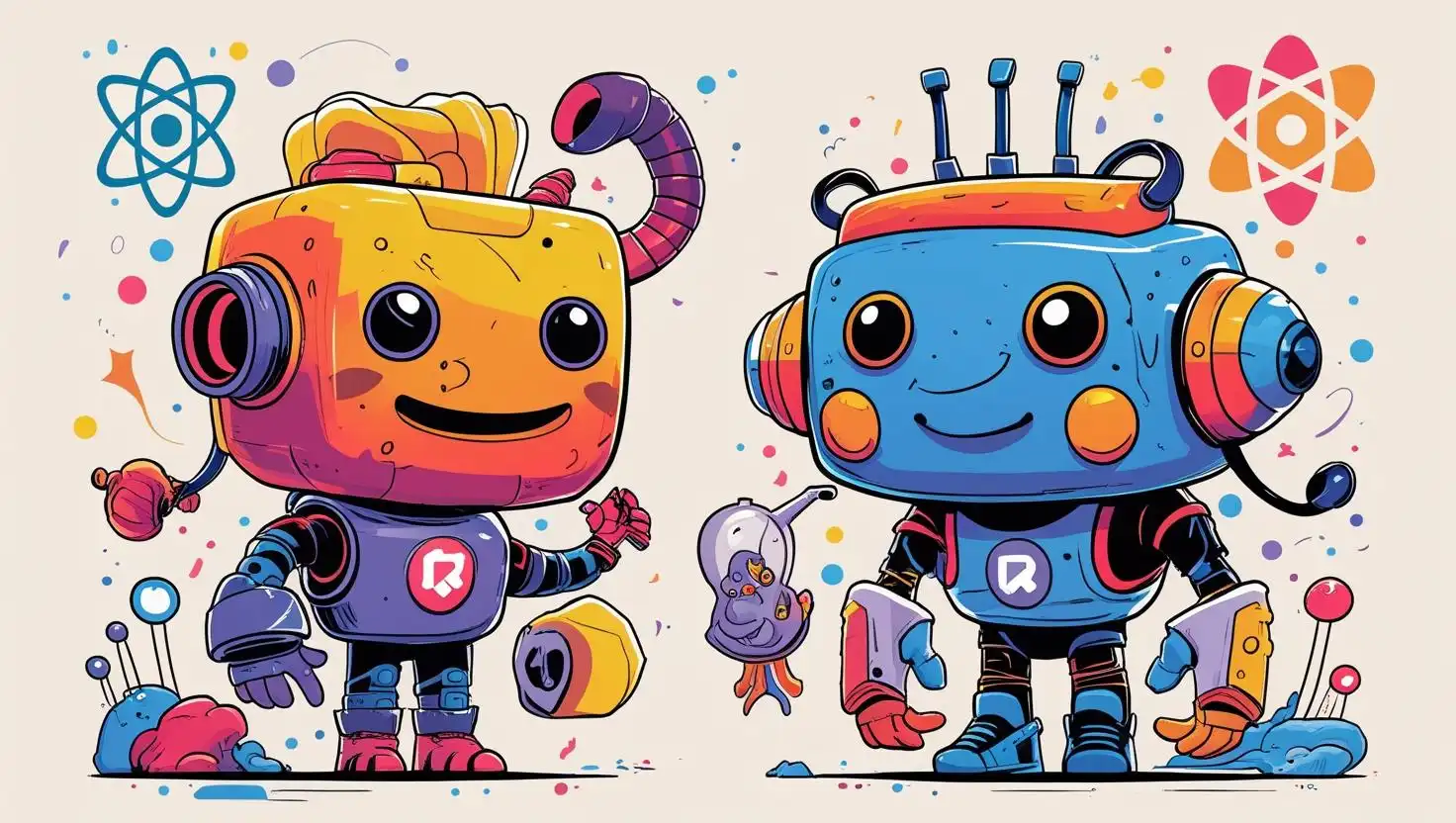What is React JS and Node JS? Discover Their Key Differences!

Hello there! I’m Somen, and I'm delighted to welcome you to this helpful corner of the internet. Today, we’re diving into a popular topic that sometimes confuses even tech-loving beginners: What is React JS and Node JS? Discover Their Key Differences! If you’ve ever wondered what makes these two tech buzzwords different, how they’re actually used by developers, and why learning about them matters for your web development journey, you’re in the right place. By the end of this article, you’ll have a clear understanding—with no jargon clouds overhead. Grab your favorite snack, and let’s make this simple!
What Are React JS and Node JS?
Understanding React JS: Building Dynamic User Experiences
Let’s start with React JS. Imagine you’re on a website, clicking buttons and watching information appear instantly without reloading the page. That smooth interactivity? Often, it’s the magic of React JS at play! React JS is a powerful JavaScript library that helps developers build beautiful, fast, and responsive “front-end” parts of websites—basically, everything you see and interact with, like menus, buttons, and forms.
Let's use an analogy: Think of a website like a restaurant. The front-end (where React shines) is like the cozy seating area where customers interact, see the menu, and enjoy their experience. React JS helps make that interaction delightful and efficient.
Understanding Node JS: Powering the Behind-the-Scenes Work
Now, let’s meet Node JS. While React handles the dining room, Node JS is like the kitchen, working in the background. It’s not for the direct visuals, but it makes sure everything runs smoothly. Node JS is a JavaScript runtime environment that helps developers build the backend—the server side that processes requests, stores data, and keeps everything humming behind the scenes.
Both are based on JavaScript, but they serve very different roles in the world of developer work. If you’re curious about more blog articles on modern web tools, keep reading!
Why React JS and Node JS Matter in Web Development
The Importance of React JS
React JS has revolutionized how we approach website development. It lets us create applications that update content quickly—without reloading the entire page. For example, social networks like Facebook or Instagram rely heavily on this approach to provide a seamless user experience. React also makes it easy to break designs into reusable “components”—think of them as building blocks for every button, input field, or image carousel you see.
The Importance of Node JS
Node JS is equally important, but for the server side. It’s designed to handle lots of requests at once—making it perfect for chat apps, online games, and even real-time tools like Google Docs. Because Node uses JavaScript everywhere (both front-end and backend), it simplifies the development process, saving time and making code more consistent.
Understanding both React and Node can boost your skills in the modern web world—and open doors whether you're interested in creative skills, digital marketing, or simply sharing your dream project online!
React JS vs. Node JS: Key Differences at a Glance
| Aspect | React JS | Node JS |
|---|---|---|
| What it is | JavaScript library for building user interfaces | JavaScript runtime environment for server-side code |
| Main Use | Front-end (client-side) development | Back-end (server-side) development |
| Who sees it | Website/app users | Servers and behind-the-scenes processes |
| Examples | Interactive websites, dashboards, single-page apps | APIs, databases, real-time applications |
| Language | JavaScript (with JSX) | JavaScript |
| Popularity | Favored for building dazzling, high-speed interfaces | Widely used for scalable and efficient server solutions |
Working Together: The Dream Team
Here’s a secret tip: Modern web apps often use both React JS and Node JS together! React takes care of the front-end, while Node runs the backend—forming a complete, dynamic website. If you ever want to build your own project, consider learning how these tools interact. You’ll be in good company with top sites and AI-powered apps doing just the same.
Conclusion
Whether you want to create stunning websites or efficient server systems, understanding React JS and Node JS is a fantastic step forward. These two technologies each have their own strengths, and knowing the key differences will help you choose the right tool for any project. Remember—React JS handles what users see and interact with, while Node JS powers everything that happens behind the scenes. Together, they form a strong foundation for successful web development.
Curious to dive deeper? Explore more articles for tips on SEO, design, machine learning, and creative skills. Your next step in the tech world starts here—with friendly help at your side every click of the way.
Written by Somen from MATSEOTOOLS
 Some Question
Some Question


